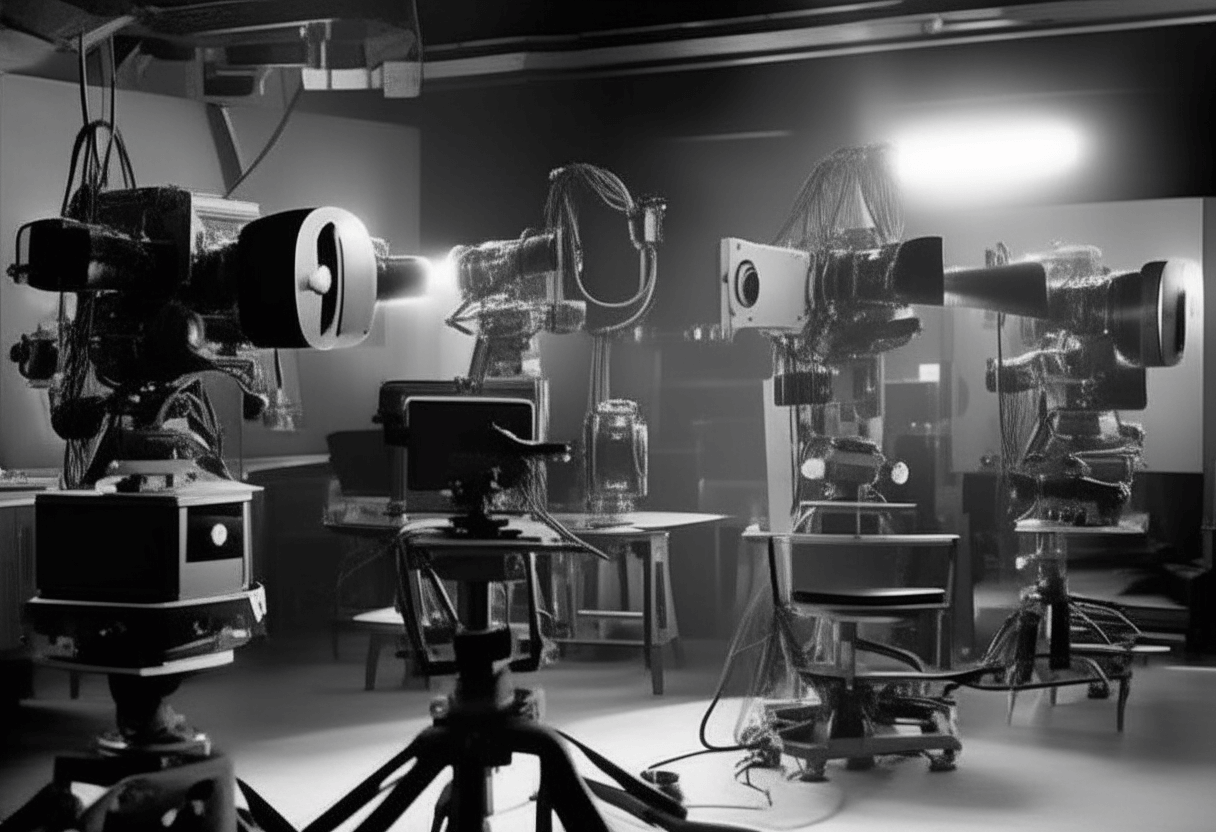Navigating the world of YouTube content creation can be tricky, especially when you’re keen to use movie clips in your videos. Understanding how to do this without copyright issues is crucial for success. This comprehensive guide combines insights from two valuable YouTube resources to offer you a roadmap for using movie clips legally and effectively.
Understanding Fair Use on YouTube
Before delving into the practical steps of using movie clips, let’s address the concept of “fair use,” a critical component for content creators on YouTube:
- Fair Use is a Gray Area: It often comes down to how much and in what context the content is used. Shorter clips are generally more acceptable under fair use.
- Credit Where Credit is Due: While not always mandatory, crediting sources can help in aligning with fair use practices.
- Be Transformative: Transforming the original content, such as adding commentary, editing, or changing the format, is key to complying with fair use.
- Background Sounds Matter: Be cautious of background music in your clips, as music rights are strictly enforced.
- Use Out of Original Context: Using content in a different context from its original purpose can be seen as fair use.
Steps to Use Movie Clips Without Copyright Issues
Combining these fair use principles with practical steps results in a robust strategy:
- Identify Popular Movies: Use resources like BoxOfficeMojo.com to find trending movies. This ensures your content is relevant and has a higher potential for views.
- Create Unique Scripts: Source movie synopses from sites like IMDb and rephrase them using tools like Spinbot.com to avoid direct copying.
- Engaging Voiceovers: Employ text-to-speech software such as VoiceMaker.in or Speechelo.com for professional-sounding voiceovers. Alternatively, recording your voice adds a personal touch.
- Edit and Acquire Clips Wisely: Download clips from YouTube, especially from individual creators rather than official channels. Edit these clips, including flipping images and removing original audio, to make them distinct.
- Leverage YouTube’s Fair Use Policy: Frame your videos to offer commentary, criticism, or educational value on the movie clips used, aligning with YouTube’s fair use guidelines.
Conclusion and Extra Tips
Remember, while fair use can protect your content to some extent, YouTube’s automated systems and the subjective nature of copyright can still pose challenges. Always be prepared to defend your use of content as fair use, and consider having alternative communication channels with your audience, like email or social media, in case of disputes.
With these strategies and insights, you’re well-equipped to create compelling YouTube content using movie clips, all while navigating the complexities of copyright and fair use.
Explore more about video marketing strategies and insights in our blog
Disclaimer: This article provides educational information and does not constitute legal advice. Consult a legal expert for specific queries related to copyright and fair use.






